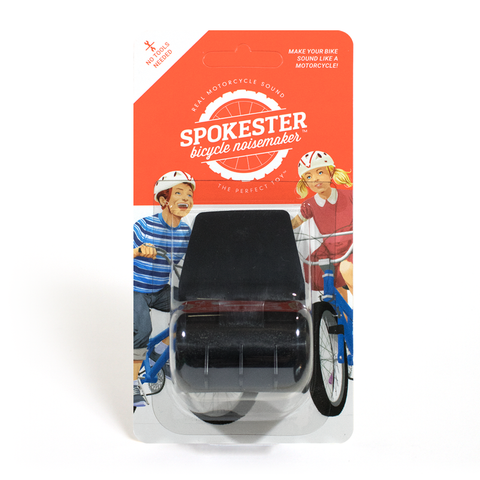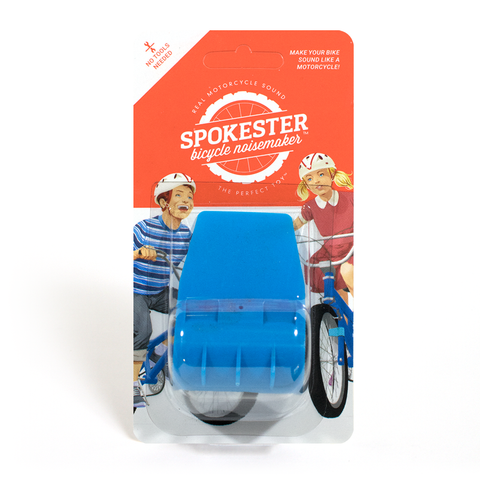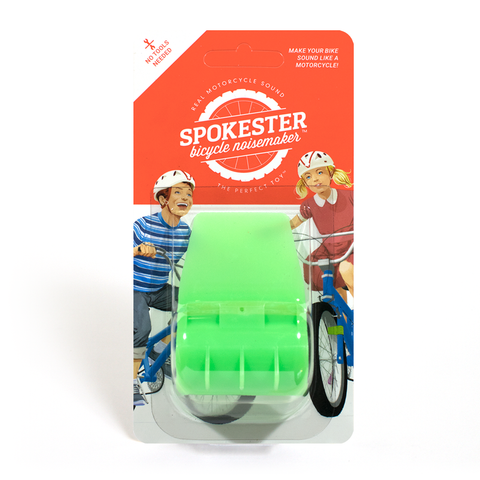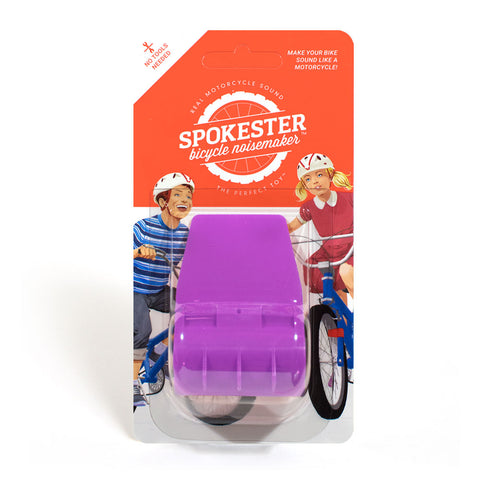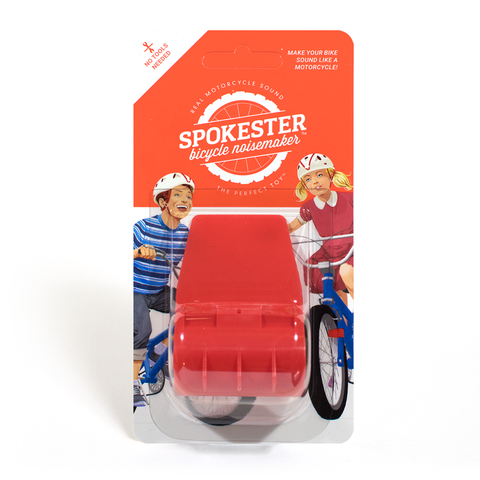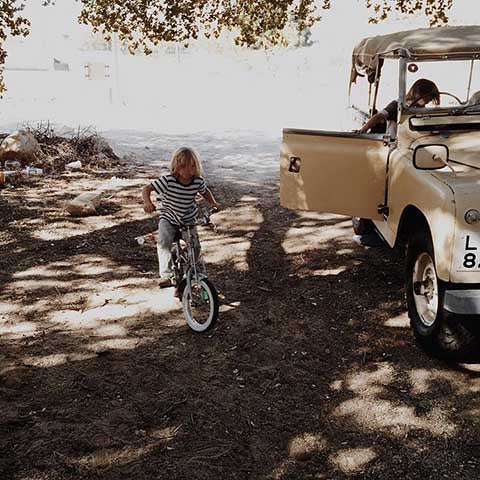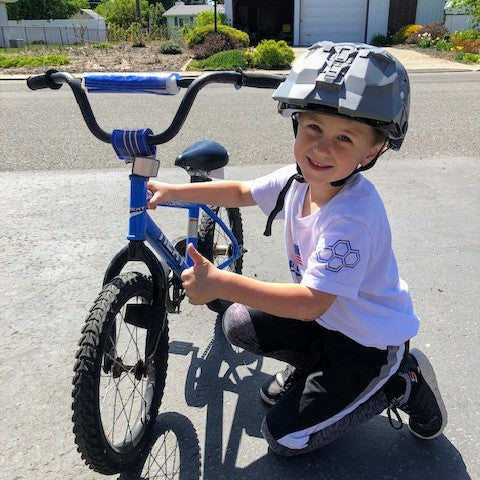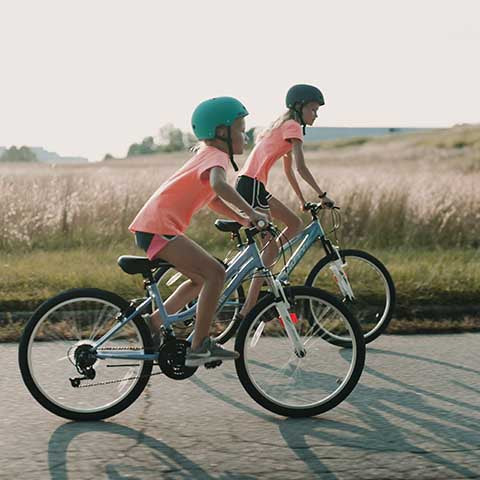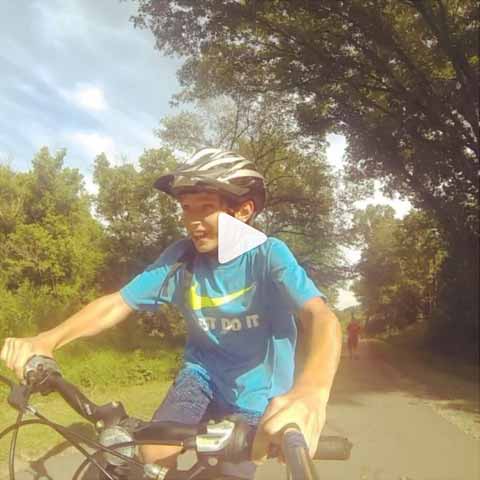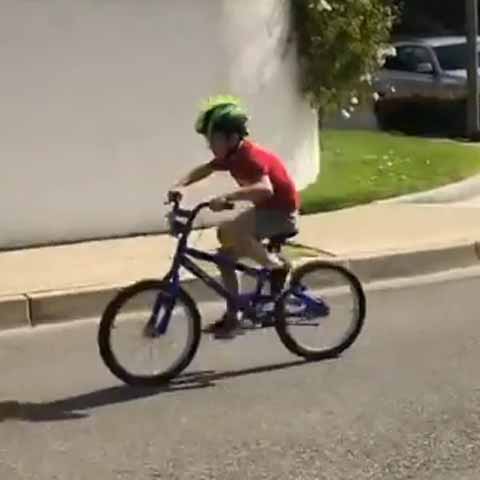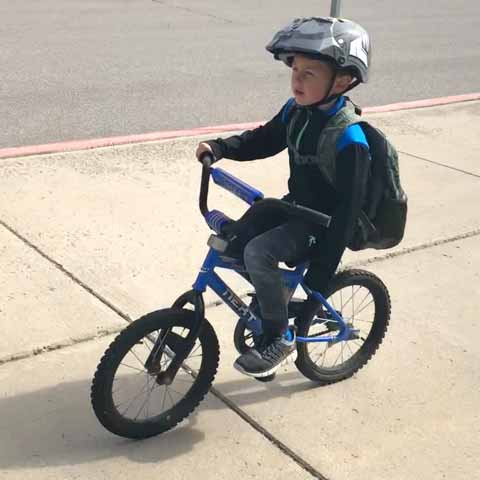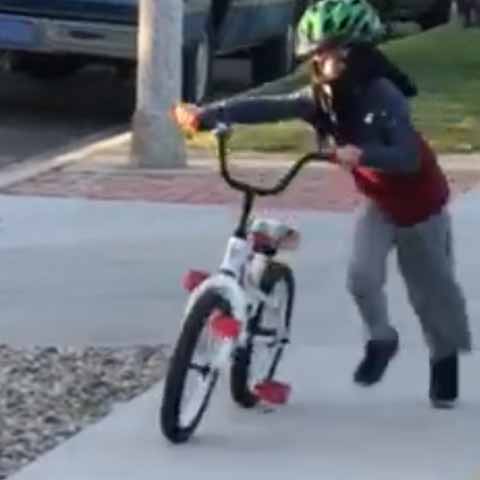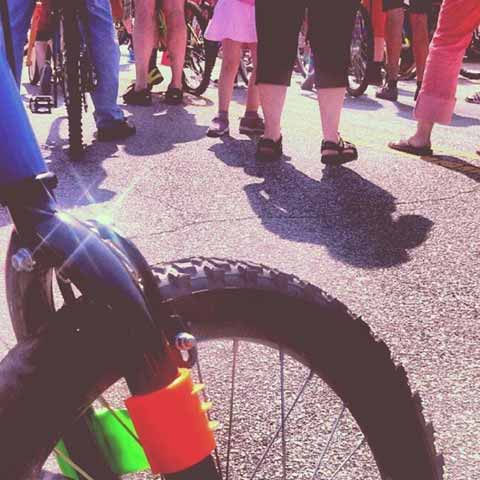How to Clean Your Kid's Bike in 4 Easy Steps
Clean up your toys. Clean your room. Clean the dishes. Clean this, clean that, clean those…
From the moment we're capable of halfway-intelligent conversation, it seems like we're being told to tidy, organize, and otherwise spruce up anything within reach. Some kids absorb this like a Bounty Mega Roll and embark on a life of utter spotlessness. Others rebel against such sanitation and let the chips fall where they may. Usually in between the cushions.
No matter what your enforcement policies may be around the homestead, there are definitely times when adherence to some sort of regular maintenance is in everyone's best interest. Bicycling is one of them. Even if it doesn't seem like your bike is getting very dirty after your ride, it is. And even though kids—especially younger ones—aren't putting their bikes through the same type of ringer as you may be, the same crud still accumulates over time.
Quite simply, bike parts are subject to corrosion, deterioration, and breakage just like any other machine. If you live in a place that's particularly wet, dusty, or sandy, all the more reason to keep a bike maintenance schedule. The nice thing is that both you and your little ones have skin in this game. They want their two-wheelers to function well so they can keep up with their friends. You want to keep them in showroom condition to avoid unnecessary repair costs or, eek, full-on replacements. This step-by-step bike cleaning process will help accomplish everyone's goals, up-and-comers and adults alike.
Preparation: Round Up Your Bike Cleaning Supplies
As with any cleaning job like this, it's a good idea to collect everything you're going to need up front. Otherwise, you run the risk of leaving chain grease on every doorknob and handle you touch poking around for a scrub brush halfway through. And Mom does not appreciate that.
Here's what you'll need:
- Clean towels: Get a bunch of these—rags, old t-shirts, etc. work just as well—and make sure you keep them straight. The last thing you want to do is use a lube-up cloth to dry your frame.
- Brushes: Different sizes and shapes help with different parts of the bike depending on how hard or soft the bristles need to be or how tight of a squeeze there is for a certain component. Again, keep track of which one is for which parts as you go.
- Water: If using a hose, be very careful with the pressure. Too much and it could do more harm than good on your bike's bearings.
- Cleaning agent: This could be dishwashing fluid or specialized bike cleaner. To keep things simple, we'll simply refer to this as "soap."
- Bucket: Make sure it's clean and fill it with water and soap.
- Sponge: Exactly what it sounds like.
- Degreaser: As the name suggests, this will be used on the greasy parts of your bicycle.
- Lubricant: You've got two types to choose from here. Wet lube sticks to the bike's drivetrain better, which is helpful in wetter environments since it's less likely to rinse off. But, this makes it a magnet for dirt, so look for less-sticky dry lube if you're a sunshine cycler.
- Bike stand: Stands aren't absolutely necessary for the job, but they do help. These let you position the bike at a comfy height and rotate the wheels and drivetrain more easily as you go.
Step 1: Clean the Bike Frame
We all know how quickly that $20 car wash at the Autobell can wear off. Well, same with your bicycle. It might take some scouring to notice muck in and around the smaller parts, but spot-checking your kid's bike frame only requires a quick glance. So, let's keep this thing shiny, shall we?
- Wet everything down to loosen hardened dirt or mud so you don't scratch the paint when you start scrubbing. Remember, go easy on the water pressure if you're using a hose.
- Dip a soft-bristled brush into your soapy bucket and gently remove the gunkier stuff scattered along the tubes.
- Use a sponge to soap up the whole frame from top to bottom or front to back so it's easier to remember where you started.
- Take one of two approaches based on rim versus disc brakes. Rim brakers should clean the brake pads with a sponge (and if your sponge has an abrasive side, don't be afraid to use it there). For disc brakers, special rotor cleaner (or even rubbing alcohol) is better for the rotors and pads than soap.
- Rinse everything in the same order you scrubbed it and wipe it all down with a clean towel.
Step 2: Clean the Wheels
Clean wheels are good wheels. No need to break out the Armor All, but keeping them in nice shape does make the bike safer considering what your kids are relying on them to do.
- Grab a brush on the larger, softer side and start at the valve to give yourself a point of reference.
- Scrub around the tires, spokes, hub, and rims on both sides. Don't forget accessories such as reflectors or BMX pegs.
- Riders with rim brakes should be sure to scrub the wheel rims well since these make up half of the friction system that stops the bike.
- Do the same thing on the other wheel.
- Rinse those bad boys off.
Step 3: Work on the Drivetrain
The drivetrain is the great middleman between your tyke and the rest of the bike. To make sure he/she is pedaling as efficiently as possible, don't skimp on this step just because the frame and wheels sparkle like new. That would be like ignoring the oil light in your car in favor of a wax job. Looking at your reflection in the hood is a lot less satisfying while waiting on the side of the road for a tow truck.
- Wipe down the crankset, including the crank arms and pedals. This is even more important if you have clipless pedals since buildup of mud and grime can interfere with the locking mechanism between the pedals and the rider's shoes. While you're at it, check the shoes, too
- Use a stiff-bristled brush and soapy water on the front chainrings and rear sprockets. Bottle brushes or toothbrushes work nicely for tinier crevices.
- Rinse everything off.
- Spray your derailleurs and chain with degreaser and then gently scrub. If the bike's on a stand, turn the cranks backward as you go to help get each link.
- Give it a few minutes and then rinse the chainset with water or simply towel it off.
Step 4: Lube Up
Once Junior's bike is cleaned and dry, it's time to finish with the lube. Remember our little tow truck analogy? Yeah, still applies here. Lubricant is a major piece of the drivetrain puzzle, so leave it out at your own risk.
- Double-check that the degreaser has fully dried.
- Dab some lube onto each link in the chain—emphasis on dab, no need to go nuts here.
- Once the lubricant dries, carefully wipe away any extra in the same order it was applied so that it soaks in evenly. Removing excess lube from the chain is just as important as not letting it dry out. Too much lube—wet or dry—could damage the drivetrain by attracting abrasive dirt and other particles.
- For bikes with hand brakes and derailleurs, apply a drop to the lever pivots, barrel adjusters, and cables. Again, not too much, and this only needs to be done occasionally.
- Remove the bike from the rack if you're using one, step back, and admire your handiwork.
Why Bike Maintenance With Your Kids Is Important
While this may seem pretty involved at first, in reality it shouldn't take up your afternoon. In fact, after a few times through, you could knock it out in less time than it takes to watch your favorite Seinfeld rerun.
This also makes it a nice, quick activity to do with your kids. Not only are you providing instructions on how to care for bikes to get the most out of them, you're also able to show how to do regular inspections as part of the cleaning process. A solid checklist should include things like the following:
- Check the tire pressure and break out the ole hand pump if necessary.
- Look for signs of tread wear, exposed threads, or sidewall cuts on the tires. It doesn't matter how properly inflated they are if they're bald or bruised.
- Check for frayed or rusted brake cables.
- Make sure the handlebars are aligned with the fork.
- Tighten any loose bolts, such as the saddle attachment and quick-release levers.
- Make sure the chain looks good, the chainrings and sprockets are straight, and the derailleurs are changing the gears smoothly.
- Check the frame for damage, including hairline cracks that could grow into larger ones.
- Consider touching up any areas of chipped paint. They won't ruin your frame or alter your performance (except for the most elite of racers, maybe), but they also ain't pretty and could grow over time.
- If you have a mountain bike that uses rear and/or front suspension, or if you have hydraulic disc brakes, remember that the fluids in each need to be changed occasionally. Check with the manufacturer on recommended frequency.
At the end of the day bike maintenance is one of those great teaching-moment opportunities that cuts across all kinds of life lessons. After all, if they're not responsible enough to take care of their bikes, then how can they be responsible enough to take care of a ____? [fill in the blank based on your child's latest request for a phone, parakeet, motorized vehicle, etc.]
← Older post Newer post →
